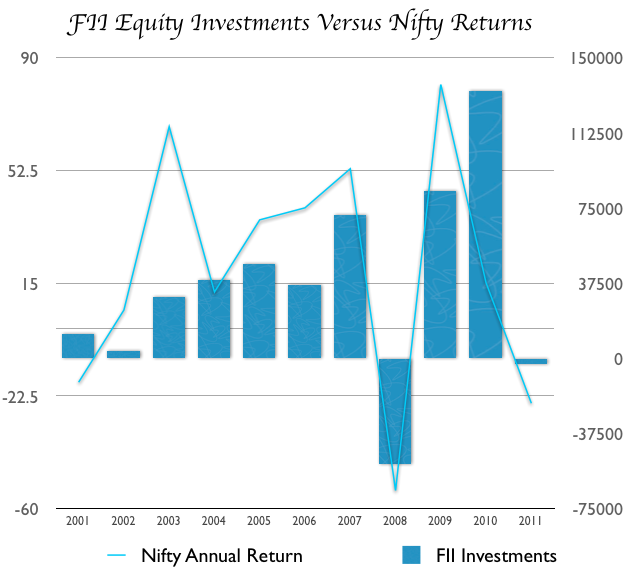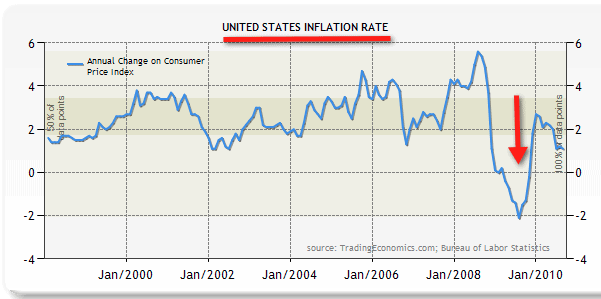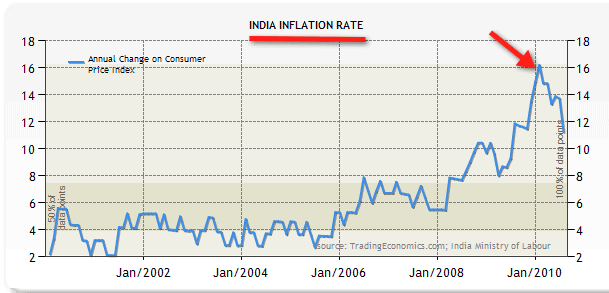For the premier Bombay Stock Exchange [
Images ] that pioneered the stock broking activity in India, 128 years of experience seems to be a proud milestone. A lot has changed since 1875 when 318 persons became members of what today is called The Stock Exchange, Mumbai [
Images ] by paying a princely amount of Re 1.
Since then, the country's capital markets have passed through both good and bad periods. The journey in the 20th century has not been an easy one. Till the decade of eighties, there was no scale to measure the ups and downs in the Indian stock market. The Stock Exchange, Mumbai in 1986 came out with a stock index that subsequently became the barometer of the Indian stock market.
Sensex is not only scientifically designed but also based on globally accepted construction and review methodology. First compiled in 1986, Sensex is a basket of 30 constituent stocks representing a sample of large, liquid and representative companies.

The base year of Sensex is 1978-79 and the base value is 100. The index is widely reported in both domestic and international markets through print as well as electronic media.
The Index was initially calculated based on the "Full Market Capitalization" methodology but was shifted to the free-float methodology with effect from September 1, 2003. The "Free-float Market Capitalization" methodology of index construction is regarded as an industry best practice globally. All major index providers like MSCI, FTSE, STOXX, S&P and Dow Jones use the Free-float methodology. (See below: Explanation with an example)
Due to is wide acceptance amongst the Indian investors; Sensex is regarded to be the pulse of the Indian stock market. As the oldest index in the country, it provides the time series data over a fairly long period of time (From 1979 onwards). Small wonder, the Sensex has over the years become one of the most prominent brands in the country.
The growth of equity markets in India has been phenomenal in the decade gone by. Right from early nineties the stock market witnessed heightened activity in terms of various bull and bear runs. The Sensex captured all these events in the most judicial manner. One can identify the booms and busts of the Indian stock market through Sensex.
Sensex Calculation Methodology
Sensex is calculated using the "Free-float Market Capitalization" methodology. As per this methodology, the level of index at any point of time reflects the Free-float market value of 30 component stocks relative to a base period. The market capitalization of a company is determined by multiplying the price of its stock by the number of shares issued by the company. This market capitalization is further multiplied by the free-float factor to determine the free-float market capitalization.
The base period of Sensex is 1978-79 and the base value is 100 index points. This is often indicated by the notation 1978-79=100. The calculation of Sensex involves dividing the Free-float market capitalization of 30 companies in the Index by a number called the Index Divisor.
The Divisor is the only link to the original base period value of the Sensex. It keeps the Index comparable over time and is the adjustment point for all Index adjustments arising out of corporate actions, replacement of scrips etc. During market hours, prices of the index scrips, at which latest trades are executed, are used by the trading system to calculate Sensex every 15 seconds and disseminated in real time.
Dollex-30
BSE also calculates a dollar-linked version of Sensex and historical values of this index are available since its inception.
Understanding Free-float Methodology
Free-float Methodology refers to an index construction methodology that takes into consideration only the free-float market capitalisation of a company for the purpose of index calculation and assigning weight to stocks in Index. Free-float market capitalization is defined as that proportion of total shares issued by the company that are readily available for trading in the market.
It generally excludes promoters' holding, government holding, strategic holding and other locked-in shares that will not come to the market for trading in the normal course. In other words, the market capitalization of each company in a Free-float index is reduced to the extent of its readily available shares in the market.
In India, BSE pioneered the concept of Free-float by launching BSE TECk in July 2001 and Bankex in June 2003. While BSE TECk Index is a TMT benchmark, Bankex is positioned as a benchmark for the banking sector stocks. Sensex becomes the third index in India to be based on the globally accepted Free-float Methodology.
Example (provided by rediff.com reader Munish Oberoi):
Suppose the Index consists of only 2 stocks: Stock A and Stock B.
Suppose company A has 1,000 shares in total, of which 200 are held by the promoters, so that only 800 shares are available for trading to the general public. These 800 shares are the so-called 'free-floating' shares.
Similarly, company B has 2,000 shares in total, of which 1,000 are held by the promoters and the rest 1,000 are free-floating.
Now suppose the current market price of stock A is Rs 120. Thus, the 'total' market capitalisation of company A is Rs 120,000 (1,000 x 120), but its free-float market capitalisation is Rs 96,000 (800 x 120).
Similarly, suppose the current market price of stock B is Rs 200. The total market capitalisation of company B will thus be Rs 400,000 (2,000 x 200), but its free-float market cap is only Rs 200,000 (1,000 x 200).
So as of today the market capitalisation of the index (i.e. stocks A and B) is Rs 520,000 (Rs 120,000 + Rs 400,000); while the free-float market capitalisation of the index is Rs 296,000. (Rs 96,000 + Rs 200,000).
The year 1978-79 is considered the base year of the index with a value set to 100. What this means is that suppose at that time the market capitalisation of the stocks that comprised the index then was, say, 60,000 (remember at that time there may have been some other stocks in the index, not A and B, but that does not matter), then we assume that an index market cap of 60,000 is equal to an index-value of 100.
Thus the value of the index today is = 296,000 x 100/60,000 = 493.33
This is how the Sensex is calculated.
The factor 100/60000 is called index divisor.










